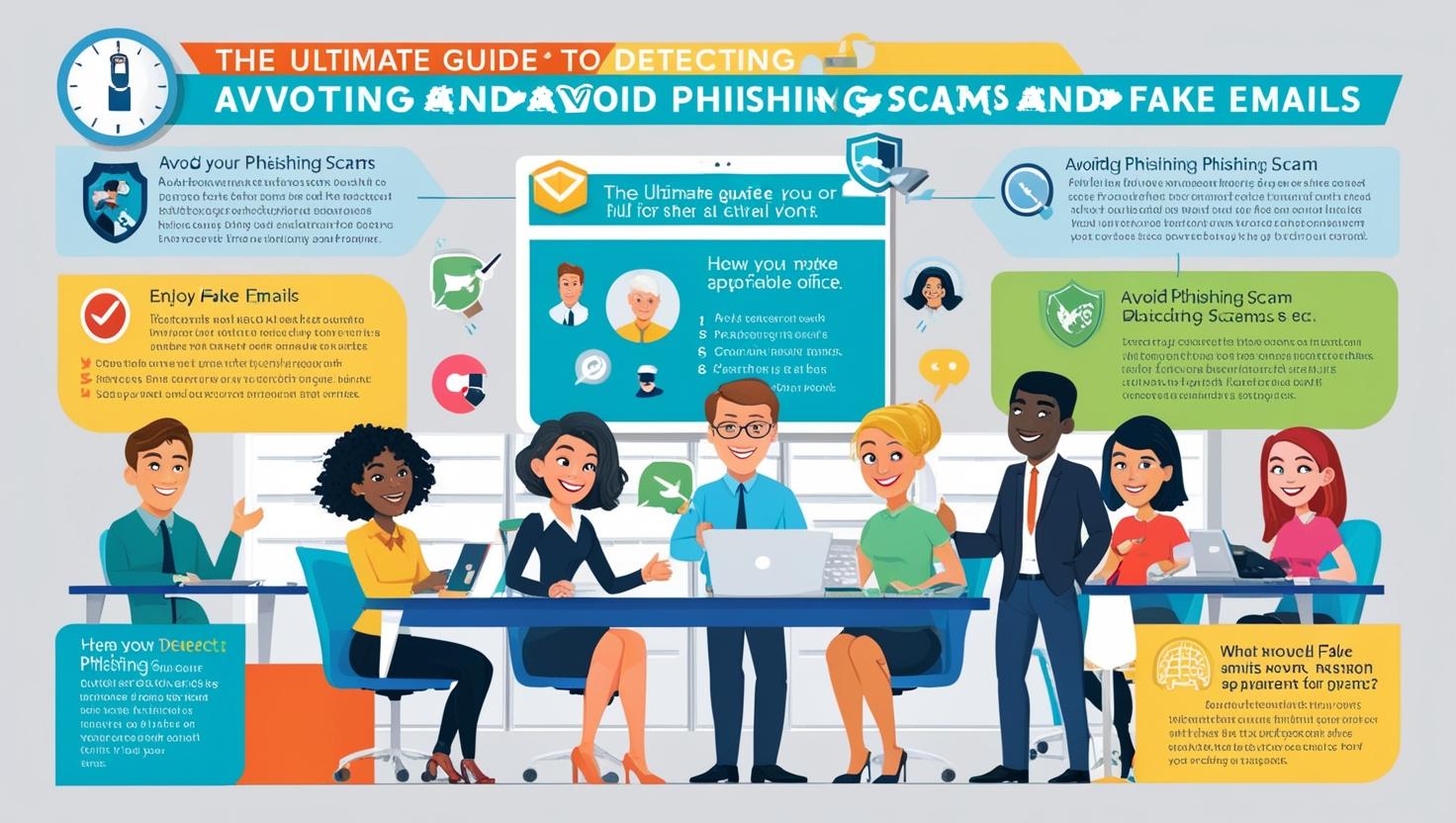🔍 Introduction: The Rising Threat of Phishing Attacks
In our hyper-connected digital age, phishing scams have become one of the most pervasive cyber threats, costing individuals and businesses billions annually. According to the FBI’s Internet Crime Report, phishing was the #1 cybercrime in 2023, with losses exceeding $10 billion globally.
Cybercriminals are getting smarter—using AI, deepfake audio, and sophisticated social engineering to trick even the most cautious users. But with the right knowledge, you can spot, avoid, and defeat these scams before they harm you.
This comprehensive guide will teach you:
✔ How phishing works (and why it’s so effective)
✔ Red flags to spot fake emails & messages
✔ Real-world phishing examples (so you’ll recognize them)
✔ Advanced protection strategies (beyond just “don’t click links”)
✔ What to do if you’ve been scammed (damage control steps)
Let’s dive in and arm you with the knowledge to stay safe!
🕵️♂️ Part 1: What is Phishing? (And How Does It Work?)
📌 Definition:
Phishing is a fraudulent attempt to steal sensitive data (passwords, credit card info, SSNs) by impersonating a trusted entity via:
- Emails (most common)
- Text messages (Smishing)
- Phone calls (Vishing)
- Fake websites & social media scams
🎯 How Phishing Works:
- The Bait: You receive a message that looks legitimate (e.g., “Your PayPal account is locked!”).
- The Hook: You’re urged to act fast—click a link, download a file, or call a fake support number.
- The Attack: You enter your details on a fake login page, or malware infects your device.
💡 Did You Know?
- 96% of phishing attacks arrive via email (Verizon DBIR 2023).
- Google blocks ~100 million phishing emails daily (Google Security Blog).
- Employees at companies with security training are 70% less likely to fall for phishing (KnowBe4).
🚨 Part 2: How to Spot a Phishing Email (With Real Examples)
🔴 10 Red Flags of a Phishing Email
| Suspicious Sign | Example | What to Do |
|---|---|---|
| 1. Mismatched sender email | “Amazon” sends from support@amaz0n-support.com | Hover over the sender name to check. |
| 2. Urgent threats | “Your account will be suspended in 24 hours!” | Verify directly via the official website. |
| 3. Poor grammar/spelling | “Dear Costumer, youre acount has bin compromised.” | Legitimate companies proofread emails. |
| 4. Fake links | “Click here to secure your account” → Leads to http://bit.ly/fake-bank-login | Hover before clicking. |
| 5. Unexpected attachments | “Invoice_2024.pdf.exe” (malware hidden as a PDF) | Never open unexpected files. |
| 6. Requests for sensitive info | “Confirm your password & SSN to avoid account closure.” | Real companies never ask this via email. |
| 7. Too-good-to-be-true offers | “You won an iPhone! Click to claim!” | If it seems unreal, it probably is. |
| 8. Generic greetings | “Dear User” instead of your name | Most real services personalize emails. |
| 9. Fake logos & branding | Slightly off-colour logos or pixelated images | Compare with the official website. |
| 10. Unsecured websites (HTTP) | Links to http:// instead of https:// | Never enter data on non-HTTPS sites. |
📸 Real Phishing Email Examples
Example 1: Fake Amazon Order Scam
📧 Subject: “Your Amazon order #109XX2 has been cancelled”
🔗 Link: http://amaz0n-security.com/verify-account (Fake!)
⚠ Red Flags:
- Misspelled domain (
amaz0ninstead ofamazon) - Urges immediate action (“Click to restore order!”)
Example 2: PayPal Phishing Attack
📧 Subject: “Suspicious Activity Detected on Your Account!”
🔗 Link: http://paypal-secure-login.com (Scam!)
⚠ Red Flags:
- Fake sense of urgency (“Your account will be locked!”)
- Asks for full credit card details
🛡️ Part 3: Advanced Protection Strategies
✅ Proactive Defence Tips:
🔹 Use a Password Manager (to avoid reusing passwords)
🔹 Enable Multi-Factor Authentication (MFA) everywhere possible
🔹 Install Anti-Phishing Browser Extensions (like Avast Online Security)
🔹 Check for HTTPS & Padlock Icons before entering any data
🔹 Regularly Monitor Accounts for unauthorized transactions
🛑 What to Do If You Clicked a Phishing Link?
- Disconnect from the internet (to stop malware spread).
- Run a malware scan (Malwarebytes, Windows Defender).
- Change all passwords (especially for banking/email).
- Contact your bank if financial info was exposed.
- Report the scam to reportphishing@apwg.org.
🔮 Part 4: The Future of Phishing (AI & Deepfakes)
Cybercriminals are now using:
🤖 AI-generated emails (no more grammar mistakes!)
🎭 Deepfake voice calls (“Hi, this is your CEO—transfer $50K ASAP!”)
📱 QR Code Phishing (Quashing) (Scanning a fake QR code to steal data)
How to Stay Ahead?
- Verify unusual requests via a second channel (e.g., call back using an official number).
- Educate employees & family members (phishing simulations help).
- Assume scepticism—always double-check!
🎯 Final Thoughts: Stay Alert, Stay Safe!
Phishing scams are evolving, but awareness is your best defence. By recognizing red flags, using security tools, and staying cautious, you can outsmart cybercriminals.
📢 Your Action Plan:
- Bookmark this guide for future reference.
- Share it with friends & co-workers (scammers target everyone).
- Enable MFA on all critical accounts (right now!).
💬 Have you encountered a phishing scam? Share your story below to help others!
🔒 Stay vigilant, stay secure!

Leave a Reply